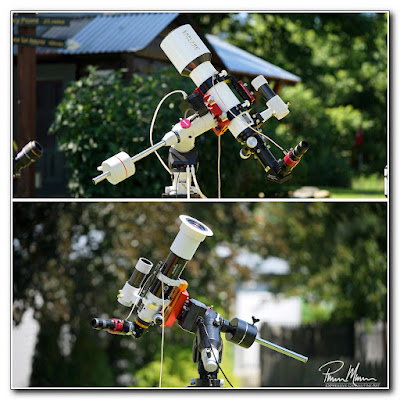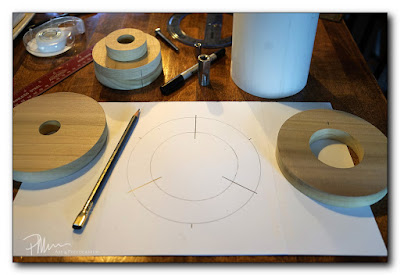Old Mount's New Life

E ven though my health has been miserable for the past week (I'll write more about that in other blog entries) , I happened to have enough energy the other day to take the old converted telescope mount out for a test run again. I started with viewing the moon and our daytime sky. The slow motion controls are smoooooth. It appears as though this old mount's new life will work out just fine. I brought out a nice selection of eyepieces on this day so I was able to test the manual slow motion controls for low power observing as well as high power observing. The slow motion controls on this old mount worked very well. After viewing the moon for a bit using a number of different eyepieces, I turned my attention to the sun. This meant a change in location since I had been viewing the moon in the shade. I needed to move into the sun if I was going to view the sun. This also meant a change in some of the gear I was using. For starters, ...



